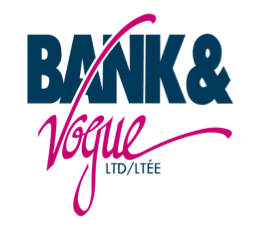Consumer Behavior Shifts: How Circular Fashion is Redefining Brand Loyalty
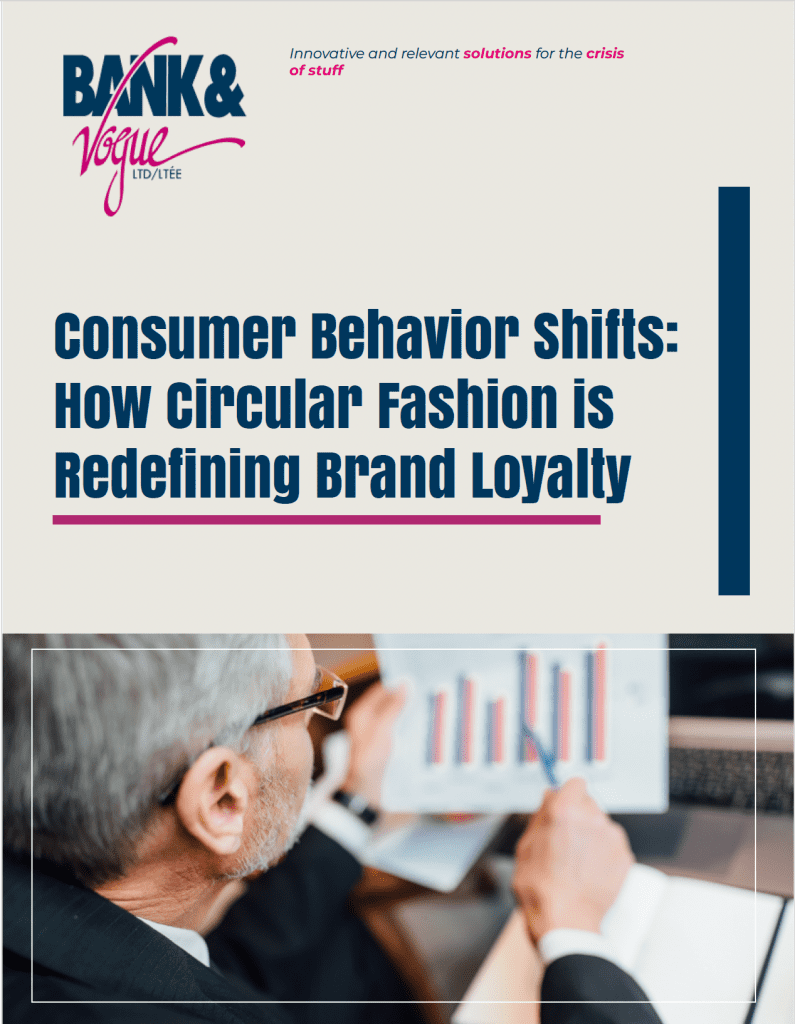
As environmental awareness grows, consumers are becoming more selective about the brands they support. The shift toward sustainability is redefining brand loyalty, particularly within the fashion industry. This white paper explores the rising trend of eco-conscious consumers choosing sustainable, secondhand, and upcycled fashion, reshaping traditional concepts of loyalty in 2024-2025. By analyzing evolving consumer expectations […]
Secondhand Retail’s Role in Achieving Net Zero: Carbon Offsetting and Emission Reduction Strategies
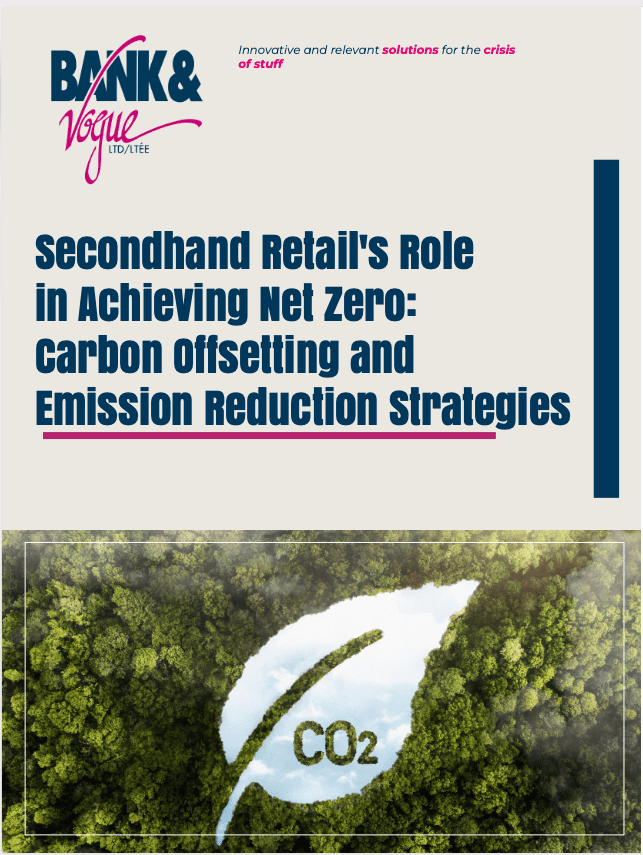
Introduction The fashion industry is a significant contributor to climate change, responsible for approximately 10% of annual global carbon emissions, surpassing the combined emissions of international aviation and maritime shipping. With the global secondhand clothing market projected to reach $350 billion by 2027, this sector is uniquely positioned to drive sustainability through reduced emissions, extended […]
2025 Secondhand Collectors and Charities Toolkit
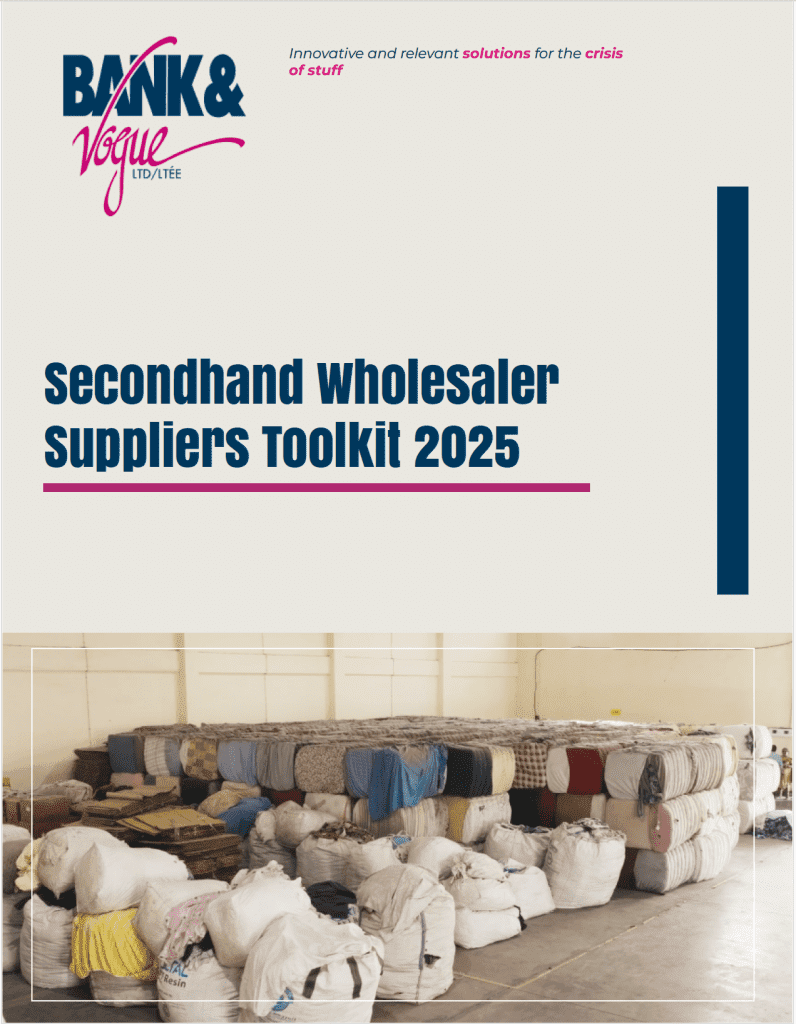
Introduction The secondhand textile industry continues to be a major driver in the global circular economy. With increasing consumer demand for sustainable solutions and the urgent need to reduce textile waste, wholesalers play a critical role in extending the life of garments, reducing environmental impact, and meeting growing market demands. This whitepaper serves as a […]
Upcycling Innovation: How Circular Design is Impacting Fashion Waste Reduction
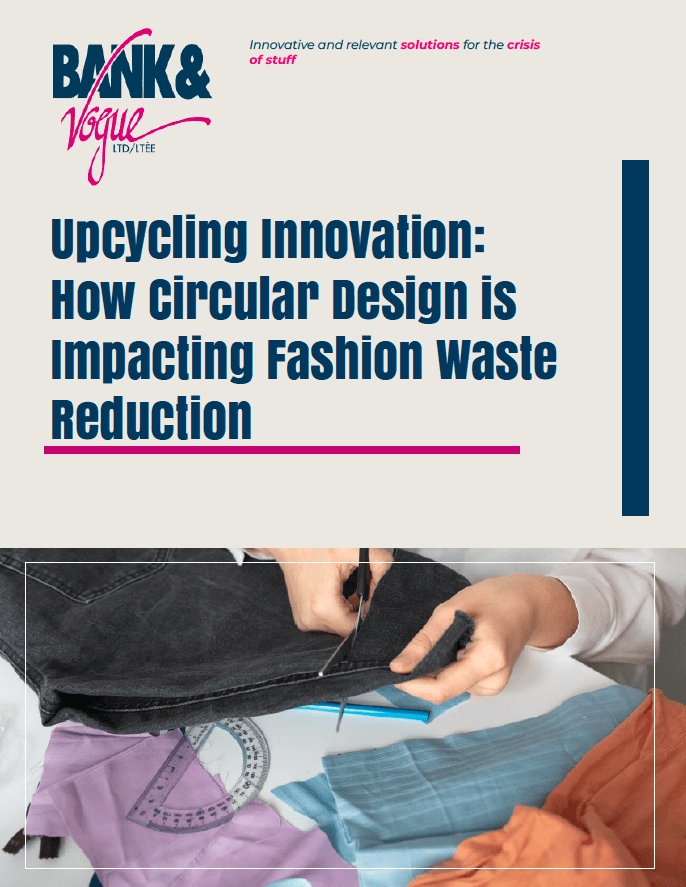
Introduction The fashion industry is facing unprecedented challenges regarding sustainability, waste reduction, and environmental responsibility. With over 92 million tons of textile waste generated annually, the need for innovative solutions to minimize the environmental footprint of fashion has never been greater. One of the most promising solutions is upcycling, a circular design strategy that repurposes […]
The Financial Impact of Upcycling and Value-Added Services on Secondhand Wholesalers in 2025
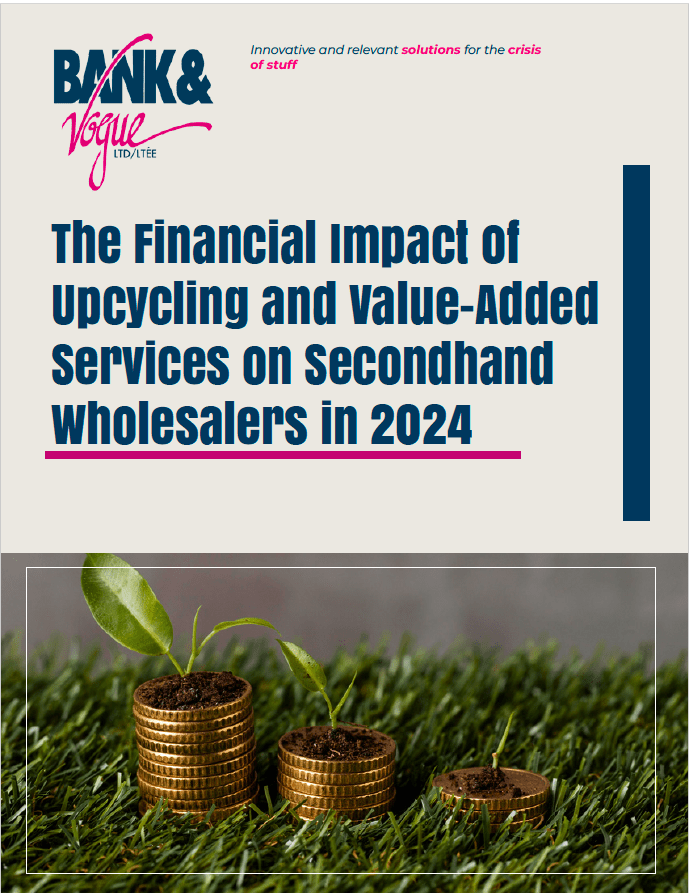
Executive Summary The secondhand wholesale industry has experienced substantial growth over the past decade, driven by shifting consumer preferences, technological advancements, and increased emphasis on sustainability. In 2024, value-added services like upcycling, rebranding, and customization offer significant opportunities for wholesalers to enhance profitability, improve customer retention, and access new markets. This white paper explores the […]
The Impact of Upcycling on Brand Perception and Sales
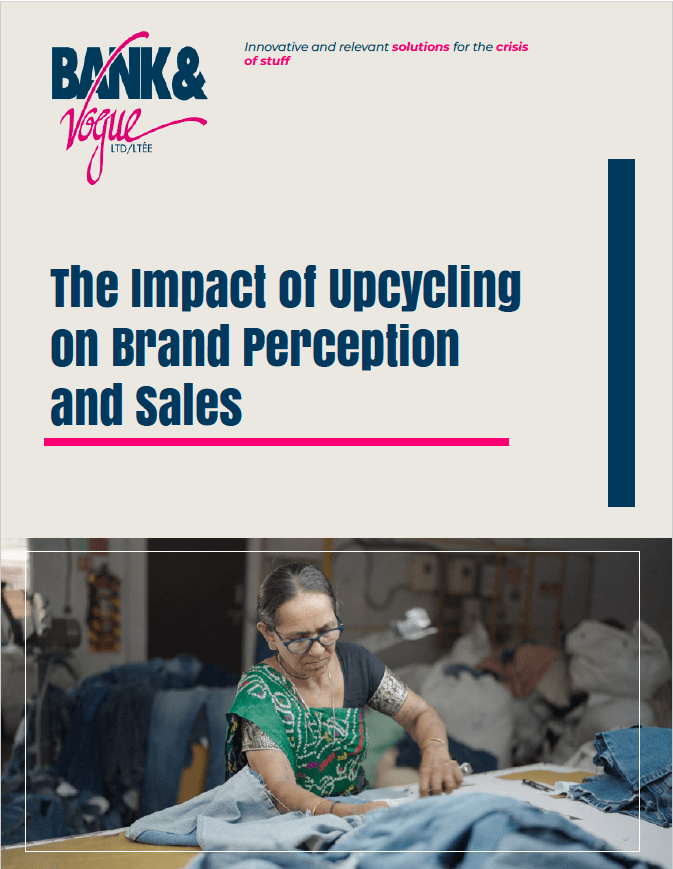
Executive Summary As sustainability continues to shape consumer preferences and business models, upcycling has emerged as a powerful strategy for brands to enhance their market position. This white paper explores the significant impact of incorporating upcycled products into inventory, focusing on how it affects consumer perception, brand loyalty, and sales performance. By repurposing materials and […]
Cross-Border Trade Regulations and Market Dynamics in the Global Secondhand Market
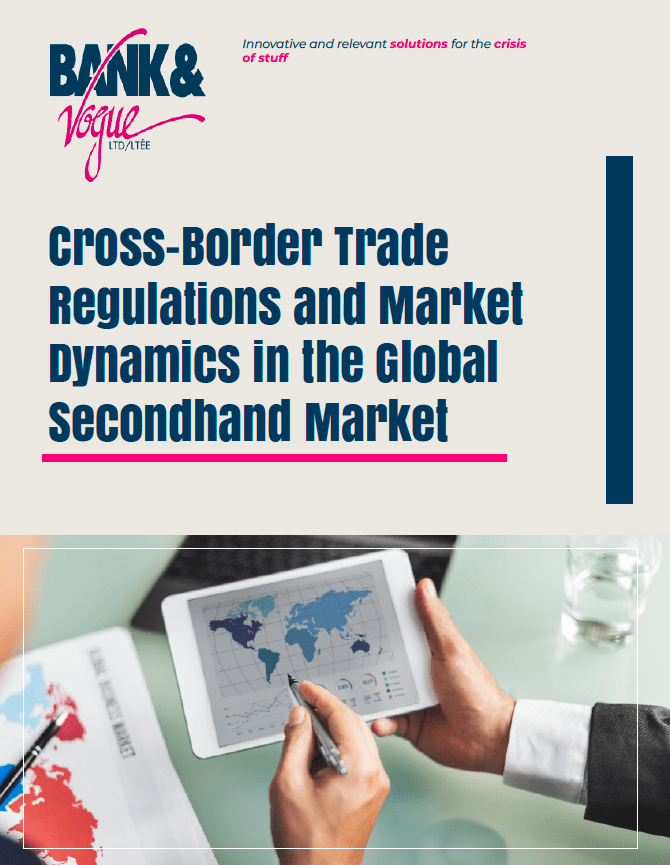
Executive Summary The global secondhand market has grown significantly in recent years, driven by changing consumer preferences, increased awareness of sustainability, and the rise of the circular economy. However, this growth comes with complex challenges, particularly when it comes to navigating cross-border trade regulations. As countries adopt new policies to regulate the flow of secondhand […]
Regulatory and Compliance Challenges in the Secondhand Industry

Executive Summary The secondhand industry, particularly in fashion, textiles, and electronics, is rapidly expanding as sustainability trends and consumer demand for eco-friendly options grow. However, this growth brings a more complex regulatory landscape that businesses must navigate to remain compliant. This white paper provides an up-to-date analysis of the key regulations affecting the secondhand market […]
The Role of Technology in Transforming Secondhand Wholesale
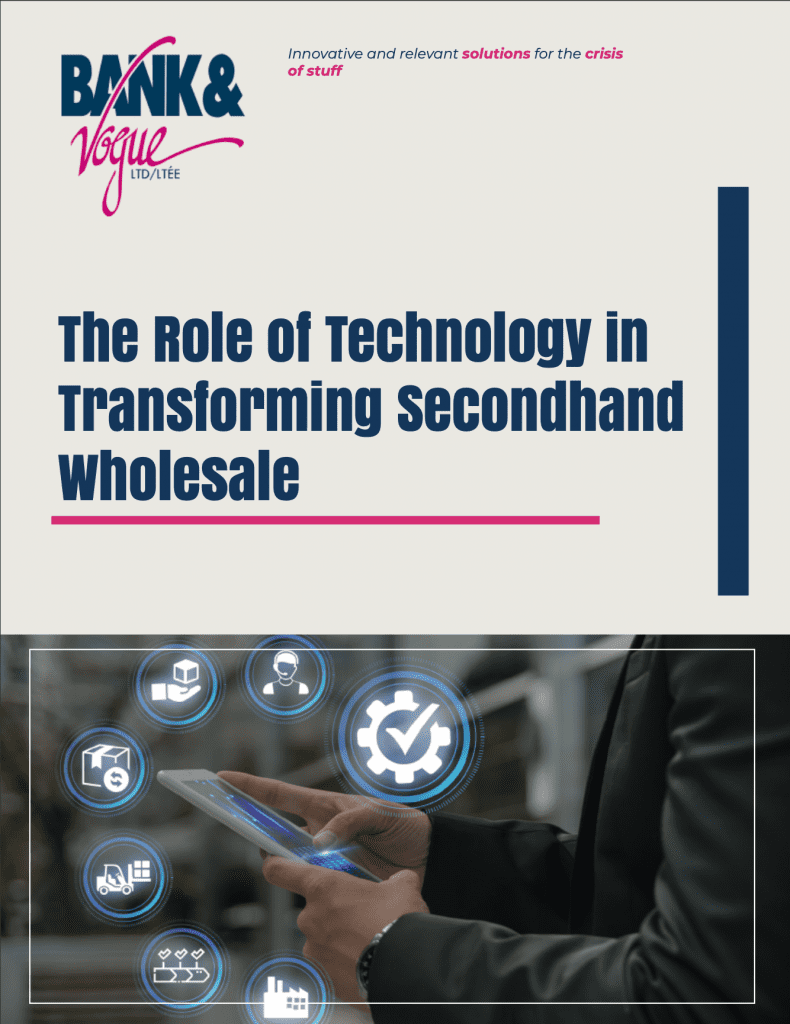
Introduction The secondhand wholesale industry has evolved rapidly over the past decade. Historically reliant on manual processes and traditional supply chains, the sector now faces increasing pressure to modernize and meet the growing demand for sustainable and circular business models. The adoption of advanced technologies such as Artificial Intelligence (AI), blockchain, and data analytics is […]
5 Old and New Ways to Make Business in Wholesale Secondhand Industry

1. Sourcing and Supply Chains 10 Years Ago: Traditional sourcing: The wholesale secondhand market largely relied on local collection systems (charity donations, small scale thrift stores, municipal programs). Local and regional focus: Wholesalers primarily sourced goods from local donations or nearby thrift stores, limiting reach and selection. Manual processes: Sorting and grading were often manual, […]
